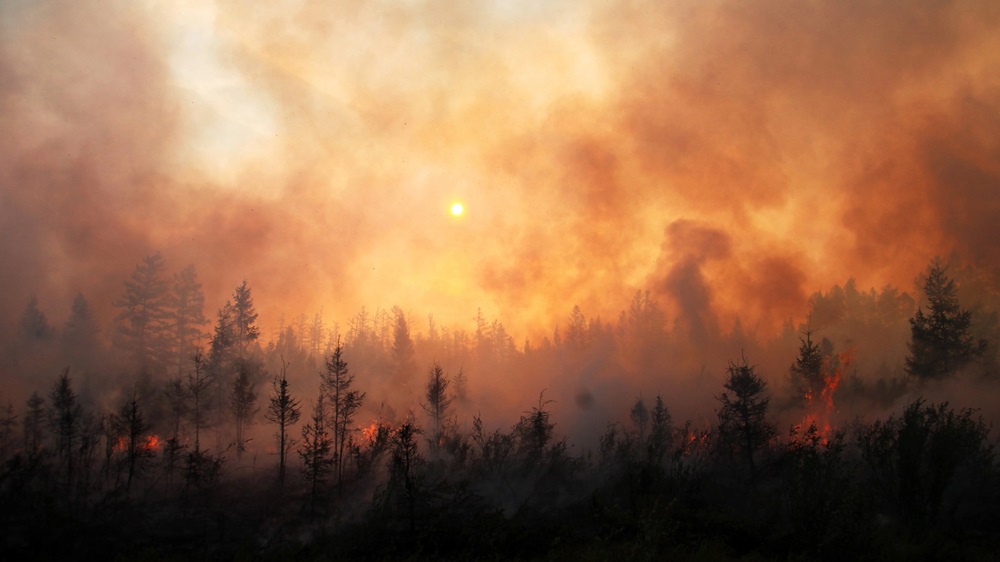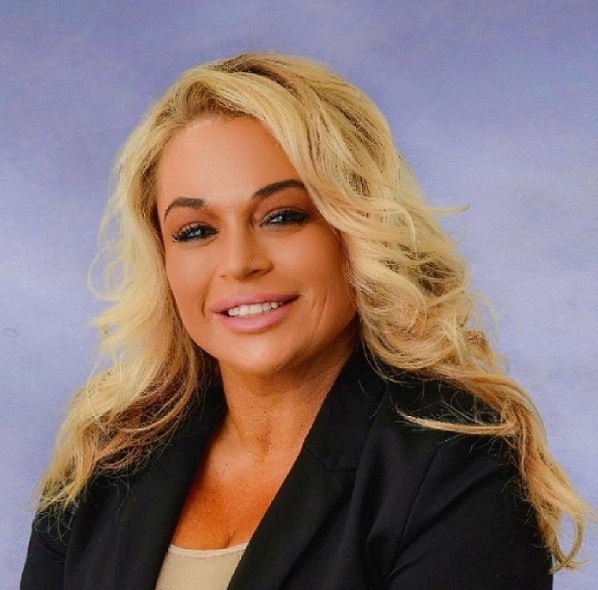What Agents Need to Know About Secondary Perils

By: Mark Maroon
When it comes to protecting their property, most homeowners are aware of the damage that can be caused by major natural catastrophes like hurricanes and earthquakes. However, floods, winter storms, wildfires, severe convective storms or thunderstorms—natural disasters that are collectively known as secondary perils—can pose significant risks to homeowners. While these perils may not grab headlines like their higher-profile counterparts, they can still cause substantial damage, both physical and financial.
Secondary perils, also called non-peak perils, are events that are typically frequent but individually cause minor losses for insurance companies relative to high-profile catastrophes like hurricanes and earthquakes. However, the overall number of secondary perils has become so numerous that collectively, the losses rival those of high-profile catastrophic events.
Last year, the U.S. property & casualty industry recorded a $21.2 billion net underwriting loss, according to AM Best. The p&c combined ratio landed at 101.6 points in 2023, a slight improvement of 0.9 points from the previous year. A significant factor was catastrophes, with catastrophe losses accounting for 8.7 points on the combined ratio, up from 7.3 points in 2022, driven by record severe convective storm losses.
Since the risks posed by these increasingly common but “minor” natural disasters are often underestimated or misunderstood, insurance agents play an important role in educating homeowners about this often-overlooked threat.
Weather Patterns and Severe Convective Storms
Thunderstorms can form just about anywhere, but in the U.S., they’re especially prevalent from Minnesota to Texas, where cold, dry air from Canada often meets the warm, moist air from the Gulf of Mexico. This region is also known as Tornado Alley. Geographic factors across this region are conducive to thunderstorms. East of the Rocky Mountains, there’s nothing to stop cold fronts from traveling south since there are no mountain ranges in the way. When these cold fronts collide with warm and moist air, severe thunderstorm outbreaks are common.
Moreover, thunderstorms rarely occur in isolation. They are often accompanied by hail, gale-force winds and tornadoes. Flash floods, landslides and hail damage can often result, too.
When coupled with non-meteorological factors such as inflation, population growth and rising property values in affected areas, it’s not surprising that loss statistics from thunderstorms are trending upwards.
“The warming of the earth that has been accelerating for some years is intensifying the extreme weather in many regions, leading to increasing loss potentials,” explains Ernst Rauch, chief climate scientist for global reinsurer Munich Re. “More water evaporates at higher temperatures, and additional moisture in the atmosphere provides further energy for severe storms.”
In the U.S., the average surface temperature across the contiguous 48 states has risen at an average rate of 0.17 degrees Fahrenheit per decade, rising more quickly since the late 1970s at a rate of 0.55 degrees Fahrenheit per decade since 1979, according to the National Oceanic and Atmospheric Administration (NOAA). Meanwhile, total annual precipitation has increased in the 48 contiguous states at a rate of 0.20 inches per decade, according to NOAA.
Also, a larger percentage of precipitation has come in the form of intense single-day events, with the portion of the country experiencing extreme single-day precipitation events increasing half a percentage point per decade from 1910 to 2020, according to the U.S. Environmental Protection Agency (EPA).
The impacts of increased precipitation include storms, increased flooding, and ultimately more opportunity for water intrusion into properties, according to the EPA. Experts are confident that convective available potential energy (CAPE) within storms will increase, especially in tropical and subtropical regions, according to the Intergovernmental Panel on Climate Change (IPCC). An increase in CAPE creates more favorable environments for severe convective storms, which could drive the frequency and intensity of storms that form in those regions. Additionally, in the U.S., there is a possibility that the frequency of springtime severe convective storms will increase, leading to a lengthening of the already dangerous severe convective storm season.
Economic Impact of Severe Convective Storms
Worldwide, natural disasters resulted in $250 billion in overall losses in 2023, with $95 billion insured, according to Munich Re. Unlike previous years, there were no mega-disasters in industrialized countries that contributed to the economic losses. Instead, loss statistics were driven by a large number of severe regional storms. In 2023, thunderstorm losses in North America reached a record of $66 billion, of which $50 billion was insured. Two thunderstorm outbreaks in the U.S.—in the Midwest in March and Texas in June—caused combined overall losses of $17 billion, of which around $12 billion was insured.
There was also a significant increase in the number of hail events producing hailstones of greater than two inches in diameter in 2023, more than 50% higher than in recent years, according to NOAA. Moreover, non-tornado events with winds exceeding 75 mph were more than double than in recent years. As a result, losses in the U.S. due to severe convective storms nearly doubled in 2023 from the average of the previous two years. Hail and straight-line wind contributed to much of the damage.
Insurance agents play a crucial role in raising awareness of the risks posed not only by thunderstorms, but also by floods, wildfires and winter storms.
Here are a few ways to guide your clients:
1) Assess vulnerabilities. Encourage homeowners to assess their vulnerabilities to secondary perils. This includes understanding the geographical risks associated with their location, such as flood zones, wildfire-prone areas or regions prone to severe convective storms.
2) Purchase the correct insurance coverage. Educate homeowners about the specific coverage options available for secondary perils, such as flood insurance and additional coverages. Help them understand the limitations of their standard homeowners policy and suggest purchasing additional coverage to fill any gaps.
3) Implement mitigation measures. Advise homeowners on implementing mitigation measures to reduce the risks posed by secondary perils. For example, homeowners in wildfire-prone regions should remove flammable vegetation around the property to help reduce the risk of damage. Additionally, homeowners should ensure their homes are well-maintained by conducting regular roof inspections and trimming trees near the property to minimize the risk of damage during severe convective storms.
4) Create an emergency plan. Encourage homeowners to create a plan that outlines the necessary steps to take in the event of an emergency. This includes having an evacuation plan, knowing the location of emergency shelters and a plan to communicate with family members.
5) Regularly review and update coverage. Emphasize the importance of regularly reviewing and updating insurance coverage to ensure it aligns with the homeowner’s needs, property values and any changes in risk exposure.
As extreme weather continues to drive an increase in secondary perils, many in the insurance industry believe that this is the new normal. Diligent risk management, coupled with policyholder education regarding the risks presented by extreme weather and how to mitigate them, will ensure that as an industry we can provide the protection our clients require for recovery after catastrophic events.
Mark Maroon is vice president, portfolio management and reinsurance, at American Modern, a Munich Re company.










